Honoring the man who broke golf’s color barrier: Charlie Sifford, the athlete who broke golf’s color barrier by winning the Professional Golfers Association (PGA) Tour card in 1961, was honored posthumously when Supervisor Mark Ridley-Thomas named a street in South L.A. after him (Inglewood Today)
Social media are reshaping policing and conversations about violence: The Los Angeles Police Department says more people are posting graphic photos, even sometimes of murder scenes on social media. This is leading to conversations on how to regulate, if at all, pictures of violence on social media. (Los Angeles Times)
Dr. Dre apologizes to the ‘Women I’ve hurt’: The blockbuster movie “Straight Outta Compton” that came out last week was slammed by critics for not strongly depicting the misogyny of the group members. The outcry led to one of the group members and media giant Dr. Dre apologizing for his past instances, one which includes hitting a female journalist (The New York Times)
South Placer personalities reflect on influence, history behind ‘Straight Outta Compton’: A town 464 miles away from South Los Angeles reflects on the legacy of the 1980s and 1990s rap group N.W.A. left on their town. (Roseville & Granite Bay Press Tribune)











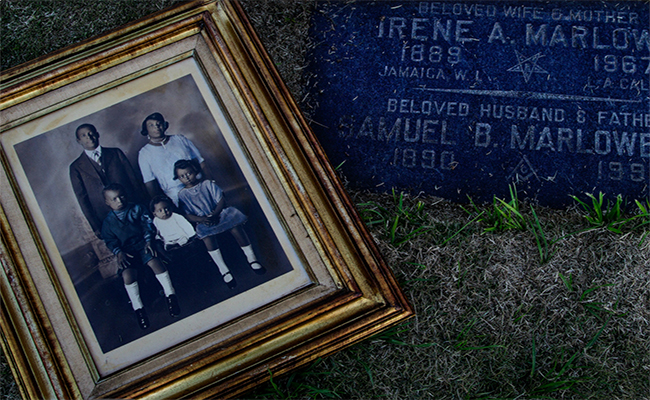
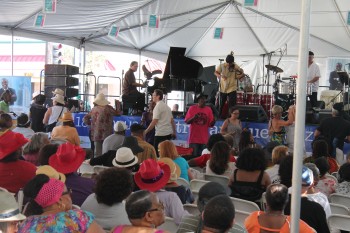
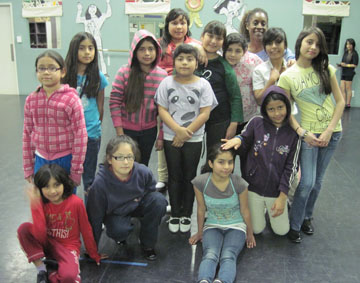 “Hoofing is a little more old school, more organic,” she says. “The street versus the stage. For example, even though Greg Hines was a show tapper, in the sense of he was the celebrity, he really was organically a hoofer. The piece that I showed them was a piece that I had learned from Henry LeTang, who is one of the original choreographers and a hoofer.”
“Hoofing is a little more old school, more organic,” she says. “The street versus the stage. For example, even though Greg Hines was a show tapper, in the sense of he was the celebrity, he really was organically a hoofer. The piece that I showed them was a piece that I had learned from Henry LeTang, who is one of the original choreographers and a hoofer.”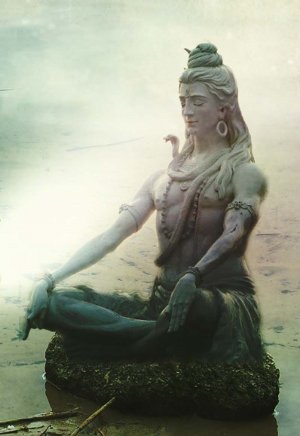
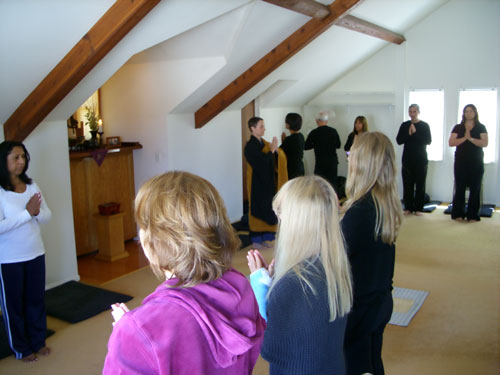 “We’re always in motion like a jar of mud and water. When you sit the jar down, the mud settles and the water becomes crystal clear. The same is true of our minds,” said Stevens, who goes by his Dharma name of Doman.
“We’re always in motion like a jar of mud and water. When you sit the jar down, the mud settles and the water becomes crystal clear. The same is true of our minds,” said Stevens, who goes by his Dharma name of Doman.




